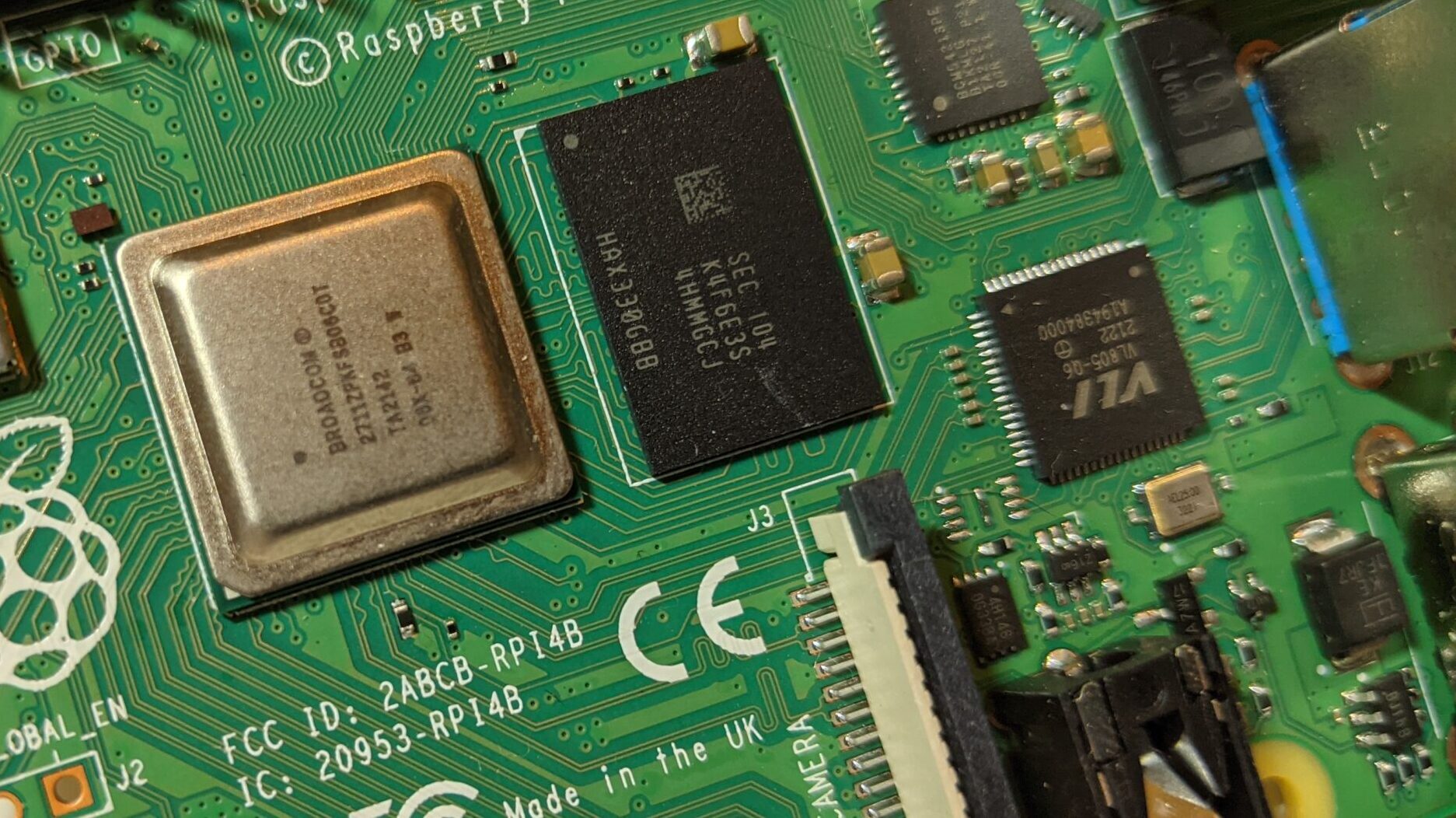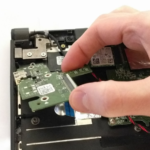
Motherboards
At the heart of a computer lies the motherboard. A computer couldn’t function without it. But what exactly is a motherboard?

The motherboard of a computer is a printed circuit board (PCB), with the main components of a computer attached to it. A motherboard can be extended with additional daughterboards that could be attached to extend or add functions (such as dedicated graphics board, networking boards, etc.). (Motherboard tends to be the general term for the main circuit board of a computer, but if a computer’s board can’t be expanded by adding expansion cards or daughterboards, it is more correctly called a mainboard.)

Fixed onto the motherboard of a computer are the essential components for the computer to function: the CPU (Central Processing Unit), its primary memory, connections to the secondary storage, input/output ports, and connection to a power supply. It may have additional components such as network connectors or controllers for other functions (such as USB controllers), additional microprocessors (such as a GPU or Graphics Processing Unit), an integrated sound card, etc.

Components on the motherboard (or any PCB) are typically soldered onto the board (although some might have pin connectors to enable them to be replaced, such as the CPU), and are connected to each other by conductive lines (like electrical wires) that are held within one of the laminated layers of the board.
For more information on motherboards, check out my online course “Conquer Computer Science: Hardware and Software”
Leave a Reply